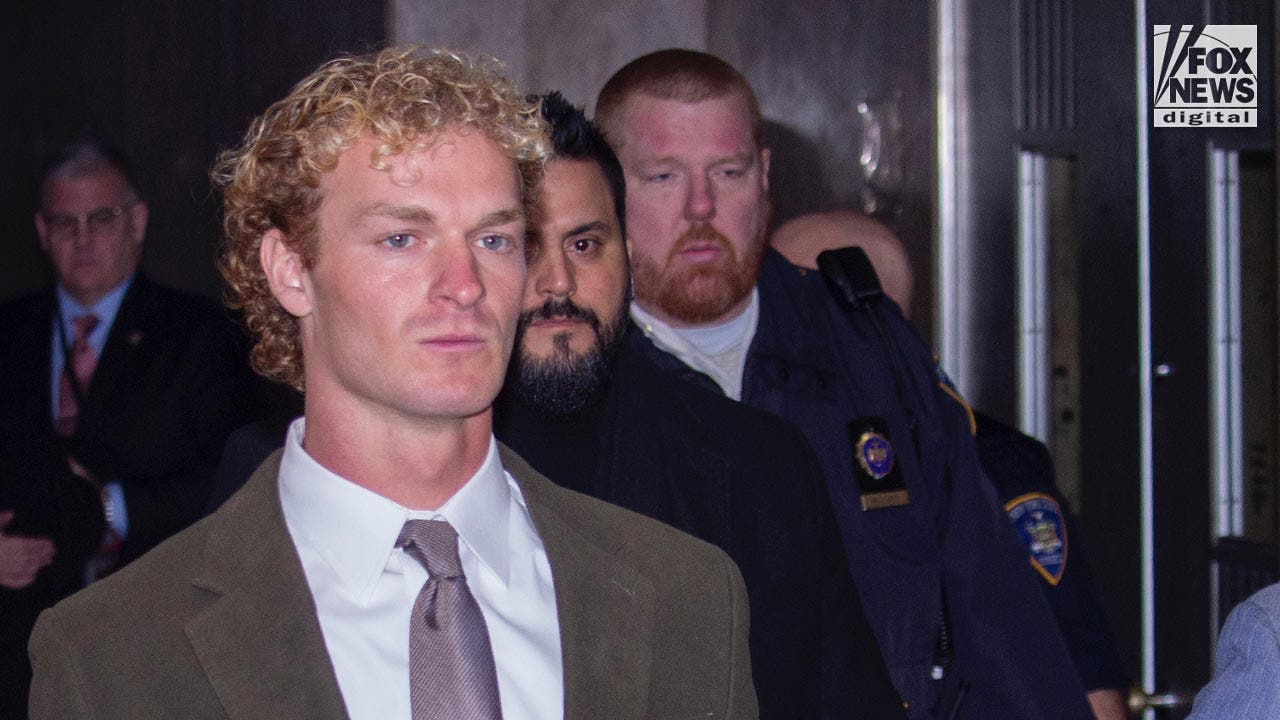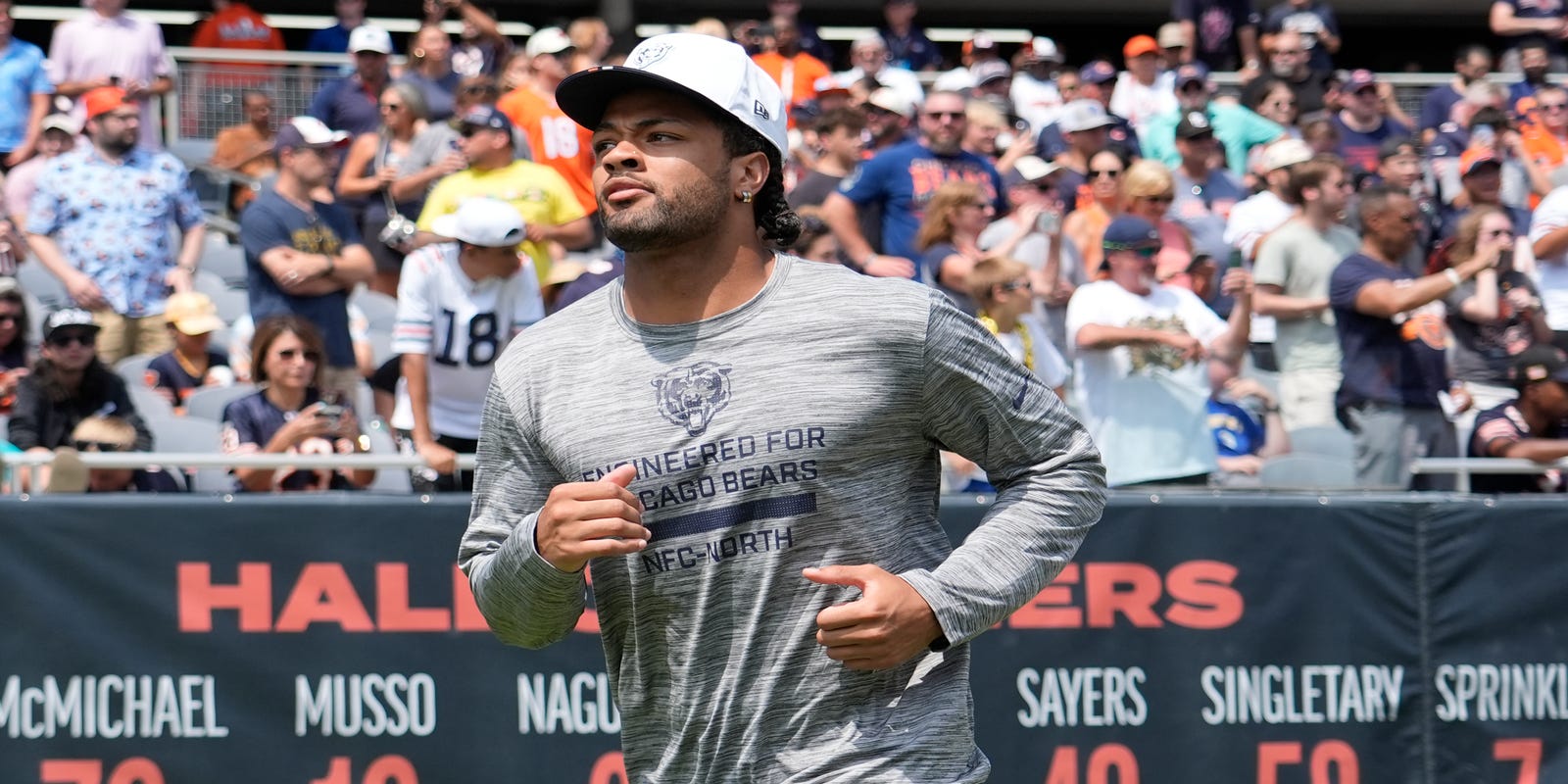
Judge Renders Vindication for Daniel Penny, Dismissing Manslaughter Charge
In a landmark ruling, Judge Emily Freeman dismissed the manslaughter charge against Daniel Penny, a 17-year-old high school student, citing a lack of evidence and procedural errors. The decision has sparked widespread debate, raising complex questions about self-defense, police conduct, and racial disparities in the criminal justice system.
The Case: Self-Defense or Unlawful Killing?
On the evening of June 12th, 2023, Penny was confronted by a group of four men while walking home from a basketball game. According to Penny’s testimony, the men threatened him with violence, demanding his belongings. Fearing for his life, Penny drew a small pocket knife and stabbed one of the men, who subsequently died from his injuries.
The prosecution argued that Penny’s actions were not justified and that he had escalated the situation by drawing the knife. However, the defense presented evidence that Penny had been repeatedly threatened and had acted in self-defense to protect himself from imminent harm.
Procedural Irregularities: Compromising a Fair Trial
In addition to the self-defense argument, the judge also cited procedural errors as grounds for dismissal. Specifically, she noted that the police failed to properly advise Penny of his Miranda rights following his arrest, which compromised his ability to provide a voluntary statement.
Furthermore, the judge found that the prosecution had withheld exculpatory evidence from the defense, including video footage that contradicted the testimony of the arresting officers. These irregularities, the judge argued, violated Penny’s constitutional rights and undermined the integrity of the trial.
Perspectives and Criticisms
The ruling has drawn mixed reactions from various stakeholders. Civil rights advocates have praised the judge for her careful consideration of the facts and for holding the police accountable for their misconduct. They argue that the case highlights the systemic bias that often plagues the criminal justice system, particularly for young black men.
However, some law enforcement officials have criticized the decision, claiming that it sends a dangerous message by condoning violence. They contend that Penny’s actions were excessive and that he should have attempted to de-escalate the situation instead of using a deadly weapon.
Others have expressed concerns about the impact of the decision on community safety, arguing that it may embolden individuals to engage in vigilante justice. They call for a balanced approach that both respects due process and ensures the protection of all citizens.
Racial Disparities in the Criminal Justice System
The case has also brought into sharp focus the issue of racial disparities in the criminal justice system. Studies have consistently shown that black Americans are disproportionately likely to be arrested, convicted, and sentenced to prison compared to white Americans, even for similar offenses.
This disparity is often attributed to a combination of factors, including poverty, lack of access to quality education and employment, and implicit bias among law enforcement officers and judges. The case of Daniel Penny highlights the urgent need to address these systemic inequities and work towards a more just and equitable criminal justice system.
Conclusion: A Call for Reflection and Reform
The dismissal of the manslaughter charge against Daniel Penny is a complex and multifaceted case that raises important questions about self-defense, police conduct, and racial disparities in the criminal justice system. It is a reminder that the law is not always black and white, and that justice requires a careful consideration of all the facts and circumstances.
The case also serves as a call for reflection and reform. We must confront the systemic biases that plague our criminal justice system and work towards a more just and equitable society where all citizens are treated fairly under the law.



